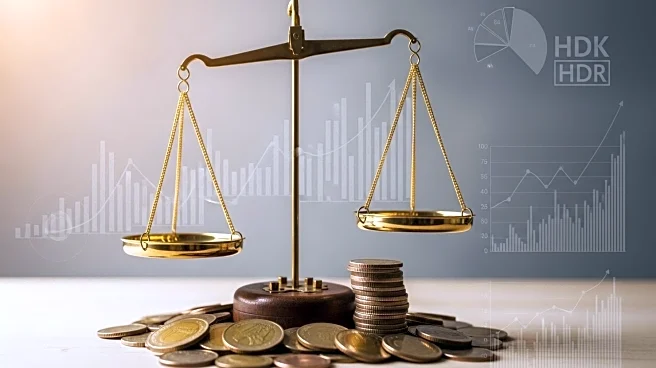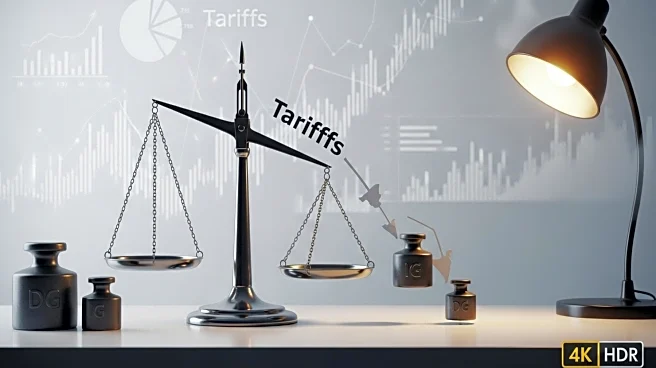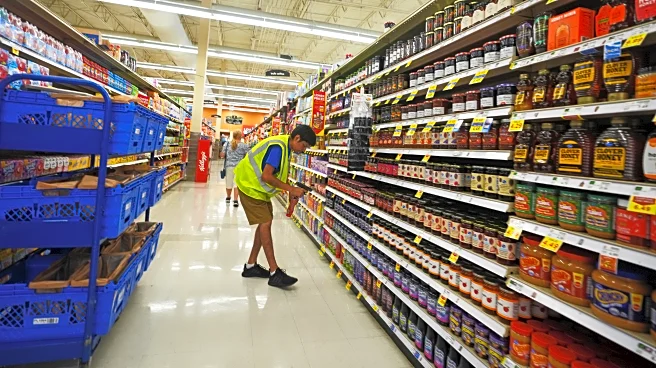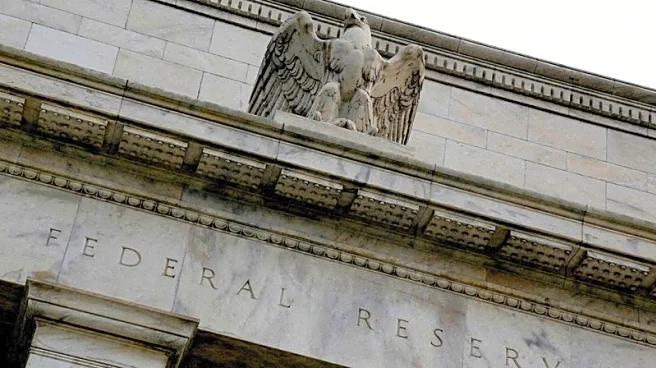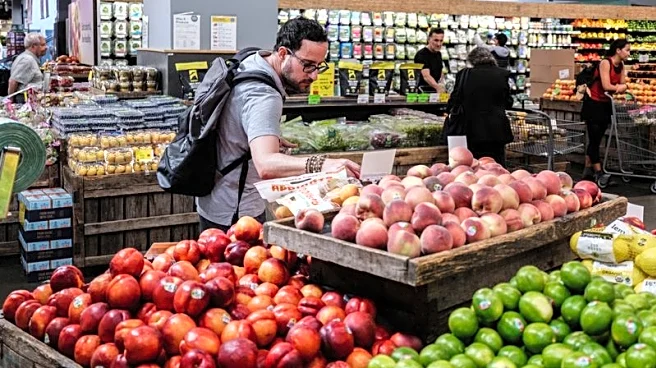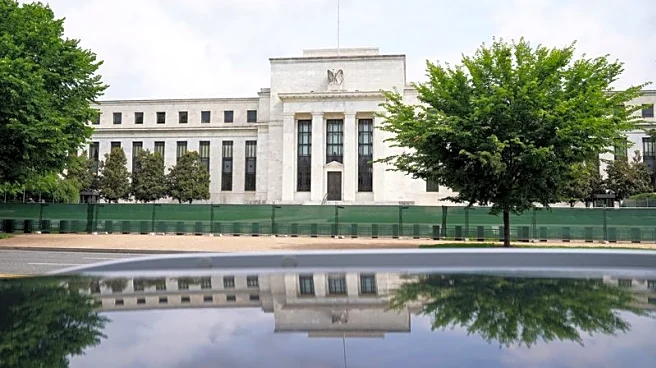What's Happening?
The Bureau of Labor Statistics announced that consumer prices rose by 2.9% over the year ending in August, marking the highest annual inflation rate since January. This increase follows a 2.7% rise in July and is attributed to tariffs imposed by President Trump, which have led to higher costs for imported goods. Grocery prices saw a significant monthly increase of 0.6%, the largest since August 2022, while gasoline prices rose by 1.9% in August. Core inflation, excluding food and energy, rose by 3.1%, consistent with July's rate. The depletion of buffer inventories built ahead of tariffs has forced businesses to replenish stock at elevated prices, contributing to the inflationary pressures.
Why It's Important?
The rise in inflation is significant as it affects household budgets, with consumers facing higher prices for essential goods like groceries and gasoline. The tariffs have led to increased costs for businesses, which are now being passed on to consumers. This situation underscores the broader economic impact of trade policies and the challenges in maintaining price stability. The inflationary trend could influence monetary policy decisions, as the Federal Reserve may need to consider interest rate adjustments to manage inflation and support economic growth.
What's Next?
The Federal Reserve's upcoming meeting will be crucial in determining the trajectory of monetary policy. Economists expect potential interest rate cuts to stimulate the economy, but the persistent inflationary pressures may complicate these decisions. Businesses and consumers will continue to monitor the impact of tariffs and inflation on prices, while policymakers weigh the need for rate adjustments against broader economic conditions.


